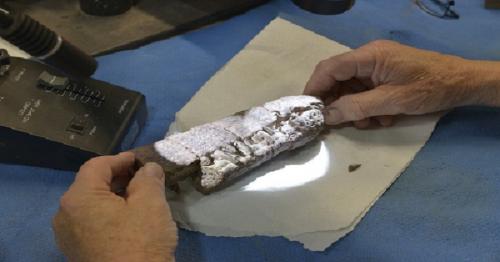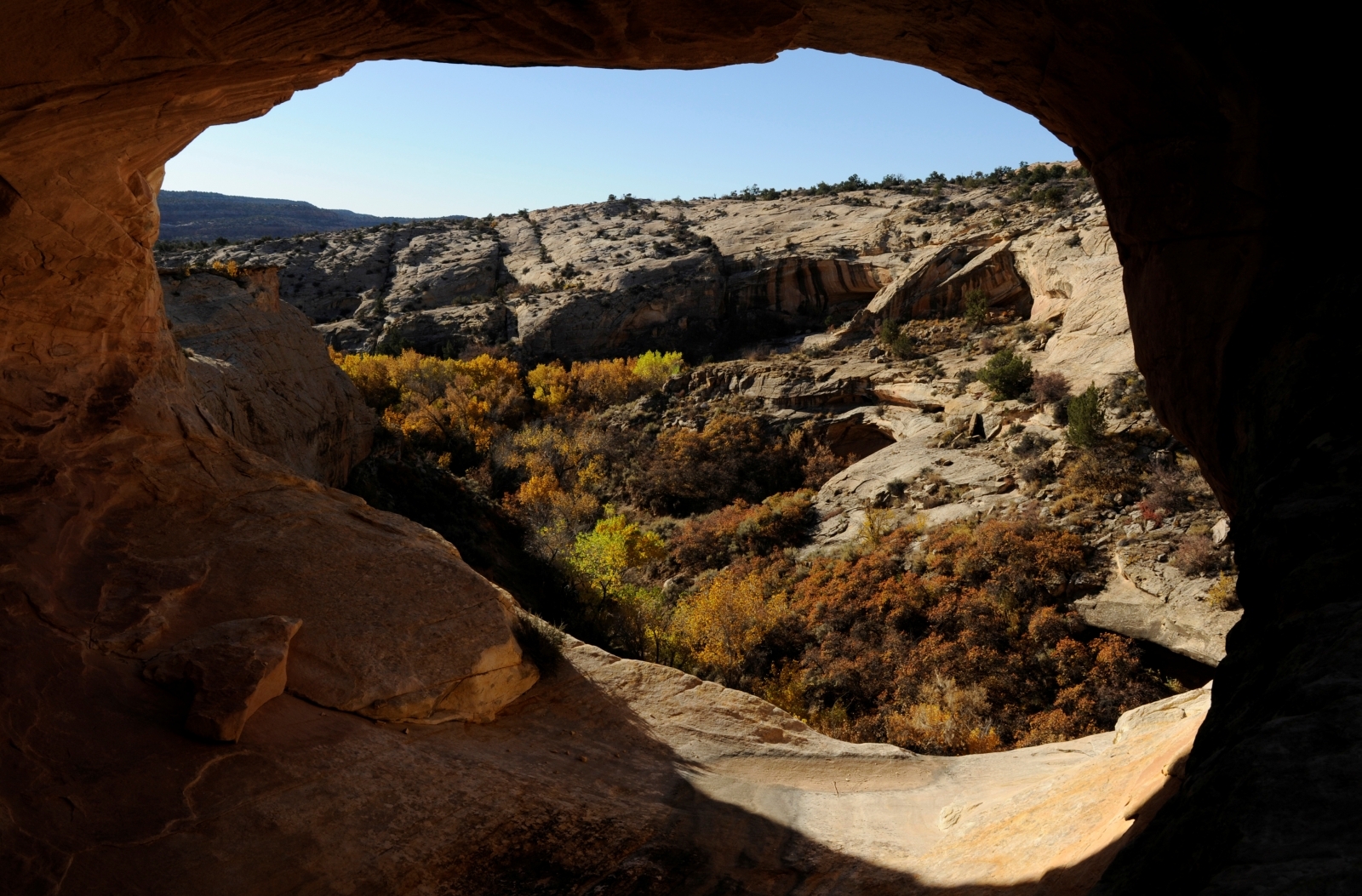Massive haul of 200 million-year-old fossils found on land that Trump admin removed from protections
The treasure trove of fossils was found on land that was once within the borders of the Bears Ears Monument.





Palaeontologists have found a massive haul of well-preserved fossils dating back to the Triassic period – around 200 million years ago. The treasure trove of fossils was found on land that was once within the borders of the Bears Ears Monument.
However, the Trump administration's move to shrink the Bears Ears Monument by over one million acres saw the site also removed from the government's protections. This means that the land where the fossils were discovered is now open to mineral mining claims.
The historic finds include near complete remains of ancient reptiles and three phytosaur skulls. "Based on our small, initial excavation, we believe that this 63-metre (69-yard) site may be the densest area of Triassic period fossils in the nation, maybe the world. If this site can be fully excavated, it is likely that we will find many other intact specimens, and quite possibly even new vertebrate species," Rob Gay, the palaeontologist leading the research, said in a statement.
Gay's 2017 dig at the site was funded by a grant from the Bureau of Land Management (BLM) programme, which provides funding for such research on national monuments and other national conservation lands. However, with the Trump administration's move to shrink the Bears Ears Monument, even this finding is now in limbo.
"It is extremely rare to find intact fossil skulls of specimens from this period," Gay said of the three toothy, long-snouted fossils currently being examined at the St George Dinosaur Discovery Site at Johnson Farm. "It is rarer still to recover fossils that have been looted, which was the case with one specimen that was missing a portion of its skull. We did a little more digging before realising this site had been looted by someone without a permit for this kind of fossil removal."
The stolen skull was taken from the site before the Bears Ears Monument was designated a national monument. Now, the site once again appears to be at risk of looting and vandalism. According to Scott Miller of the Wilderness Society, the entire unprotected area could now also be open to threats from mining and off-road vehicle use, posing a major potential threat to the protection of paleontological finds.
"While a discovery of this magnitude certainly is a welcome surprise, protecting such resources was the very purpose of Bears Ears National Monument," Miller said. "That President Trump acted to revoke protections for these lands is outrageous, and that he did so despite the Department of the Interior knowing of this amazing discovery is even more shocking. I hope the courts will act quickly to restore protections for Bears Ears National Monument before any more fossils are looted from the area and lost to science."
"Within the paleontology community, the size of this site and the potentially large number of specimens buried there represent an extraordinary opportunity to expand our knowledge of species that lived during the Triassic period," said Tracy J Thomson, coordinator of the Western Association of Vertebrate Paleontologists (WAVP) annual conference.
The National Geographic reported that the Society of Vertebrate Paleontology is currently suing the Trump administration to stop the downsizing of national monuments, along with five local Indian nations and conservative groups that are also suing the Trump administration.






